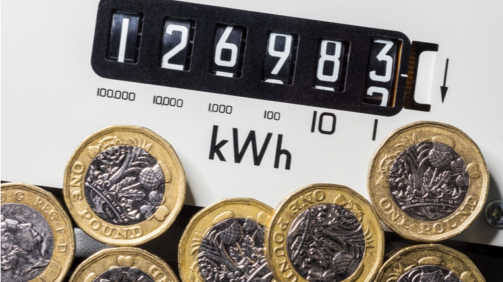Impact of Rising Energy Costs on Data Centers
The impact of rising costs on data centres has a lot of talking points. It affects everything from power bills to IT infrastructure and business continuity. Many UK data centres rely on types of energy that are becoming increasingly expensive. This means that data centre operations need to be thoroughly examined to find more sustainable solutions.
As energy prices continue to rise because of the energy crisis, these centres, which are known for their substantial energy consumption, face increased operational expenses.
Rising Energy Bills
The escalation in power bills directly impacts the cost of maintaining server operations and cooling systems which are important for uninterrupted functioning.
Increased energy expenses lead to higher power bills, requiring adjustments in service provider costs. The challenge extends to ensuring business continuity with the threat of potential outages. This shows the importance of robust data centre energy policy and government energy regulation.
Rising costs have also encouraged data centres to adopt renewable energy sources and implement energy efficiency upgrades. These upgrades then need to align with the best practices for reducing data centre energy costs. These measures address the immediate financial strain and contribute to long-term sustainability.
In this sense, government initiatives to support data centres during the energy crisis are vital. It’s also worth mentioning that the long-term implications of rising energy costs for data centres include potential job losses or service disruptions. This shows how urgent the need for a strategic approach to energy management is.
How much will energy costs rise for data centres?
Predicting the exact rise in energy costs for data centres is difficult because of how volatile the energy market is. But, experts anticipate significant rises, influenced by geopolitical tensions, supply chain distribution, and the global push towards renewable sources.
These factors contribute to uncertainty in the energy market, potentially leading to fluctuating prices with upward trends. For the energy-intensive operations of data centres, even a modest percentage increase in energy costs could lead to substantial financial burdens.
Monitoring energy market trends is important for data centres to strategise around to mitigate cost increases.
Balancing Efficiency and Downtime
Data centre operators are increasingly focused on reducing power consumption to cope with rising energy costs. However, achieving significant cost savings through energy efficiency can have potential impacts on the performance of IT infrastructure. For example, optimising cooling systems and server utilisation can lower energy use but might also lead to increased latency.
In many cases, data centres have implemented advanced cooling technology and server virtualisation to cut down energy consumption.
For example, Google‘s various data centres shift compute tasks that are not urgent to other times and locations to reduce their electricity consumption during times of stress on the local grid.



